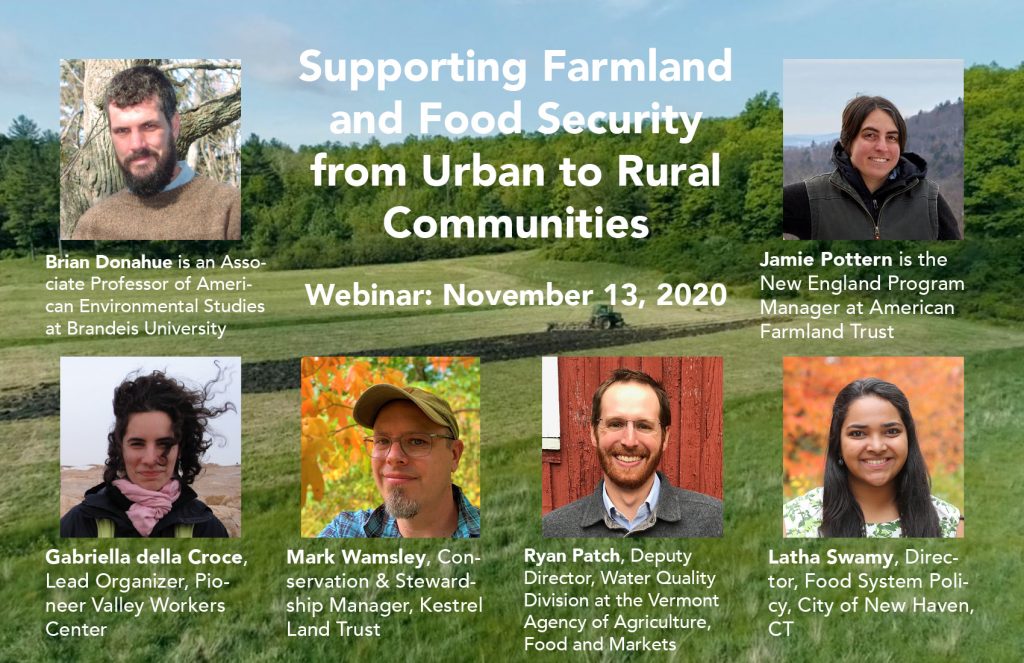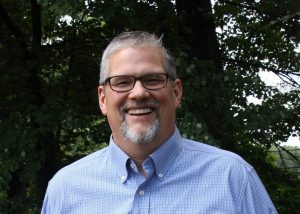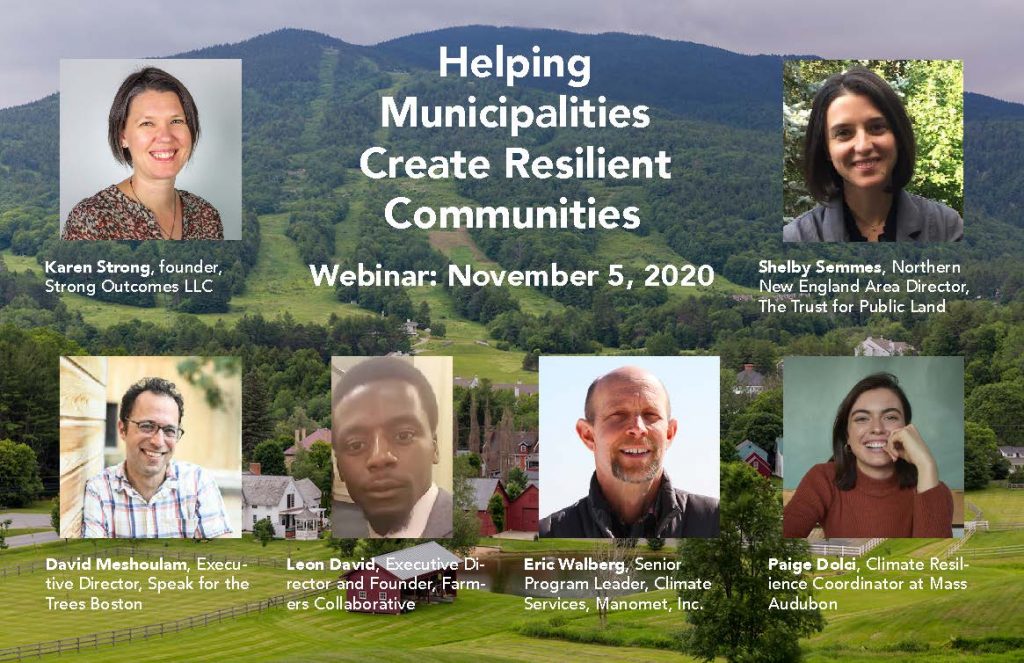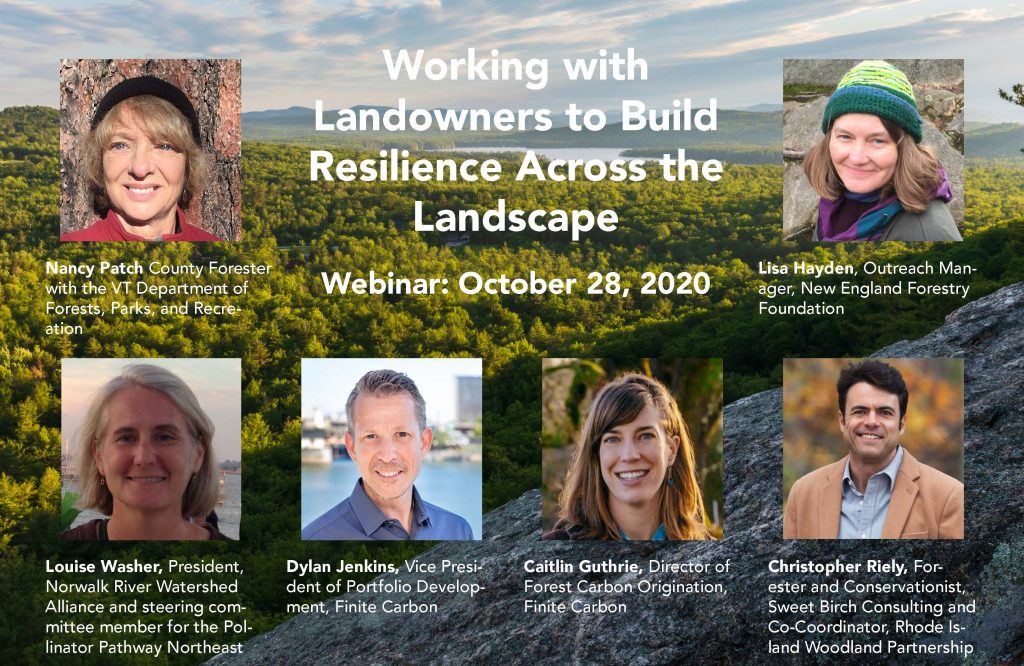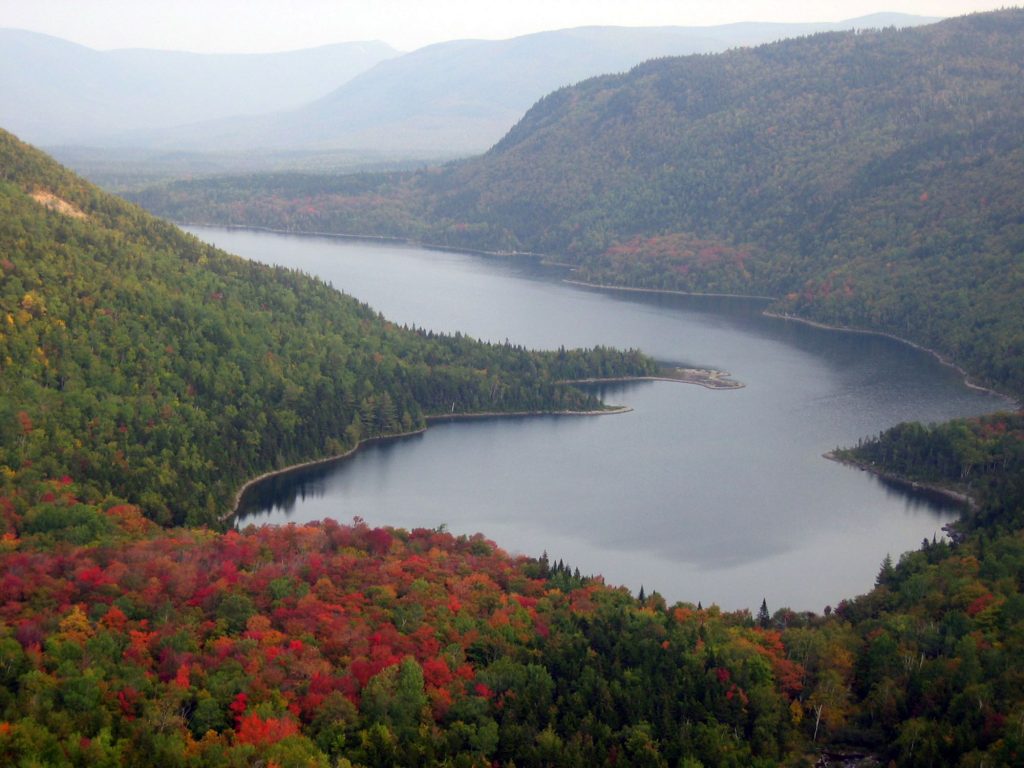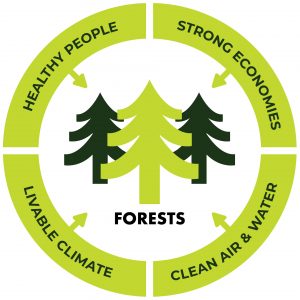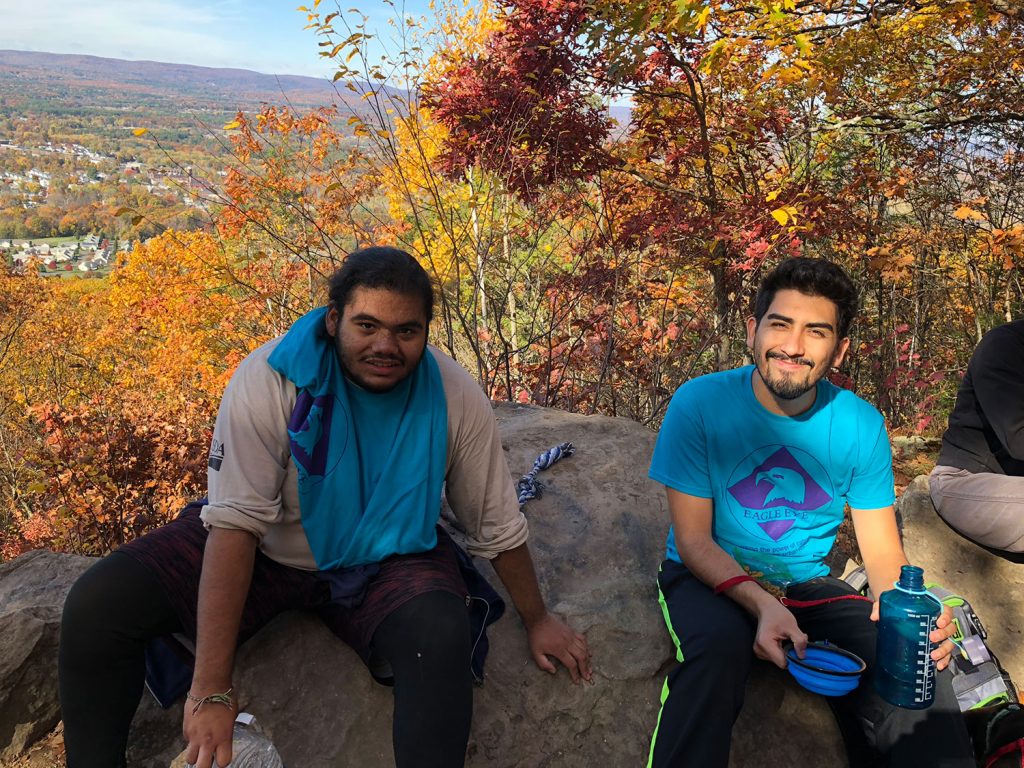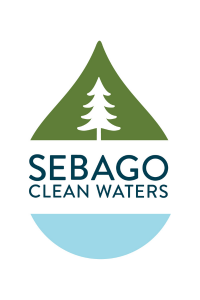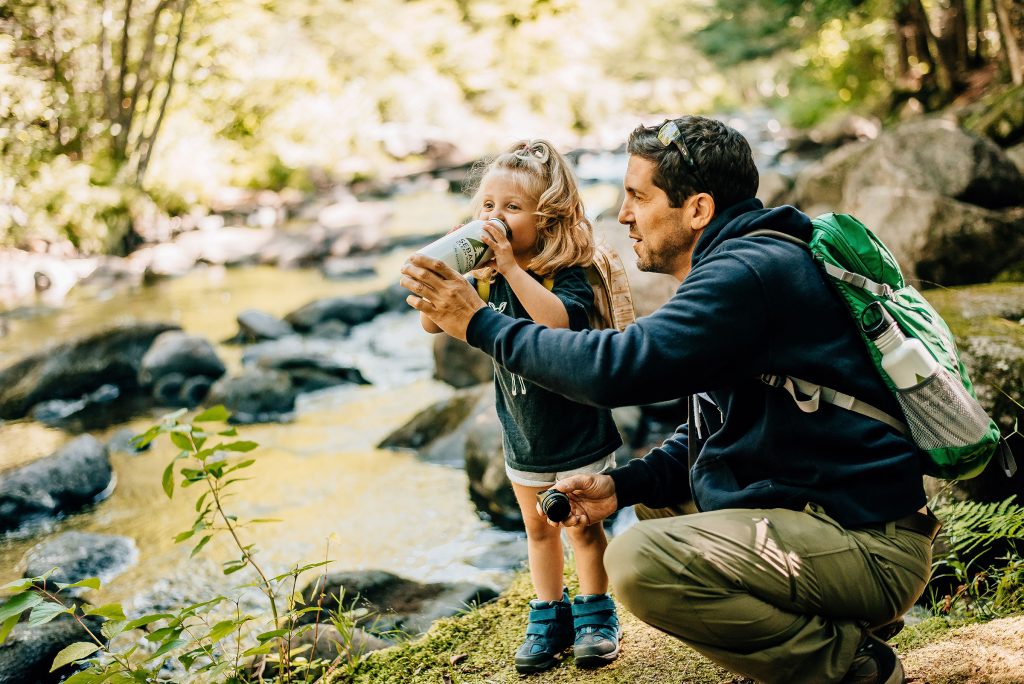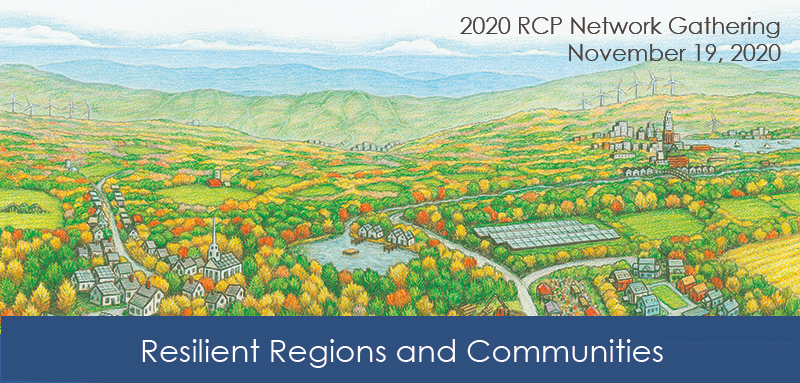More resilient municipalities can result from partnerships between conservation organizations, community leaders, and government officials, a topic that was central to the second of three webinars leading up to the full-day virtual RCP Network Gathering on November 19.
The webinar explored three approaches to building more resilient municipalities: establishing community forests, mitigation of the impacts of climate change through regional planning, and repurposing vacant lots in ways that increase the economic, social, and ecological resilience of the community. The goal for the 85 participants was to help define what Regional Conservation Partnerships can do to contribute to the resilience of communities beyond the protection of the environment.
The event was moderated by Karen Strong, Principal, Strong Outcomes LLC. She is a conservation professional who is deeply committed to science-based decision-making and believes that conservation will have limited success unless we consider social and cultural concerns.
The first presentation was hosted by Shelby Semmes who serves as the Northern New England Area Director of The Trust for Public Land (TPL), overseeing the organization’s mission delivery across Vermont, New Hampshire and Maine. She discussed how a wide diversity of communities are rising to meet the known and unknown challenges and mandates of the future.
Shelby focused on the small town of West Windsor, VT, population of 1,000, a town that faced economic catastrophe following the closing of the local ski area, which was a major driver of revenue for the town and its residents. The town rallied together to look for a way to conserve the ski resort property as a multi-use recreation area with the assistance of the Trust for Public Land (TPL). The result was a reinvigoration of the town businesses, engagement of the community and a new lease on life for a once-struggling hamlet.
Shelby followed this success story with an assessment of the issue of green spaces becoming increasingly developed and fragmented, decreasing access for many in the New England region, particularly low-income people and Black, Indigenous and People of Color. TPL sees community forests as an important option for increasing access to natural spaces and creating more resilient communities. TPL will be releasing a report in April 2021 that highlights the community impacts of 10 community forests.
Their presentation focused on “Prioritizing Nature for Climate Resilience and Economic Value through Regional Planning and Collaboration” in the Taunton River Watershed in Massachusetts. Paige focused on communications materials that helped advocate for nature-based solutions to climate challenges, including the value of urban green spaces. She also highlighted the free tool i-Tree, which helps quantify the value of green spaces to communities. Eric discussed how regional planning was used to highlight the opportunities in the Taunton Watershed to build and plan communities and open spaces that are more resilient to the effects of climate change.
The final presentation featured Leon David and David Meshoulam who discussed how their organizations worked together to build an urban community garden. Leon leads the Farmer’s collaborative in Dorchester, MA and is a bi-cultural Haitian native raised in the Greater Boston area. He is the Legislative Director in the office of State Representative Dan Cullinane. David is Executive Director of Speak for the Trees Boston and a lifelong environmentalist and science educator.
Their organizations joined forces to create the HERO Hope garden, a unique, functioning food forest, with green house, apiary and commitment to sustainability.
More resilient municipalities can result from partnerships between conservation organizations, community leaders, and government officials, a topic that was central to the second of three webinars leading up to the full-day virtual RCP Network Gathering on November 19.
The webinar explored three approaches to building more resilient municipalities: establishing community forests, mitigation of the impacts of climate change through regional planning, and repurposing vacant lots in ways that increase the economic, social, and ecological resilience of the community. The goal for the 85 participants was to help define what Regional Conservation Partnerships can do to contribute to the resilience of communities beyond the protection of the environment.
The event was moderated by Karen Strong, Principal, Strong Outcomes LLC. She is a conservation professional who is deeply committed to science-based decision-making and believes that conservation will have limited success unless we consider social and cultural concerns.
The first presentation was hosted by Shelby Semmes who serves as the Northern New England Area Director of The Trust for Public Land (TPL), overseeing the organization’s mission delivery across Vermont, New Hampshire and Maine. She discussed how a wide diversity of communities are rising to meet the known and unknown challenges and mandates of the future.
Shelby focused on the small town of West Windsor, VT, population of 1,000, a town that faced economic catastrophe following the closing of the local ski area, which was a major driver of revenue for the town and its residents. The town rallied together to look for a way to conserve the ski resort property as a multi-use recreation area with the assistance of the Trust for Public Land (TPL). The result was a reinvigoration of the town businesses, engagement of the community and a new lease on life for a once-struggling hamlet.
Shelby followed this success story with an assessment of the issue of green spaces becoming increasingly developed and fragmented, decreasing access for many in the New England region, particularly low-income people and Black, Indigenous and People of Color. TPL sees community forests as an important option for increasing access to natural spaces and creating more resilient communities. TPL will be releasing a report in April 2021 that highlights the community impacts of 10 community forests.
Their presentation focused on “Prioritizing Nature for Climate Resilience and Economic Value through Regional Planning and Collaboration” in the Taunton River Watershed in Massachusetts. Paige focused on communications materials that helped advocate for nature-based solutions to climate challenges, including the value of urban green spaces. She also highlighted the free tool i-Tree, which helps quantify the value of green spaces to communities. Eric discussed how regional planning was used to highlight the opportunities in the Taunton Watershed to build and plan communities and open spaces that are more resilient to the effects of climate change.
The final presentation featured Leon David and David Meshoulam who discussed how their organizations worked together to build an urban community garden. Leon leads the Farmer’s Collaborative in Dorchester, MA and is a bi-cultural Haitian native raised in the Greater Boston area. He is the Legislative Director in the office of State Representative Dan Cullinane. David is Executive Director of Speak for the Trees Boston and a lifelong environmentalist and science educator.
Their organizations joined forces to create the HERO Hope garden, a unique, functioning food forest, with green house, apiary and commitment to sustainability. They shared their experiences in building trust and support between their organizations, community members, and local government officials, relationships that made their vision for a resilient community garden possible.
